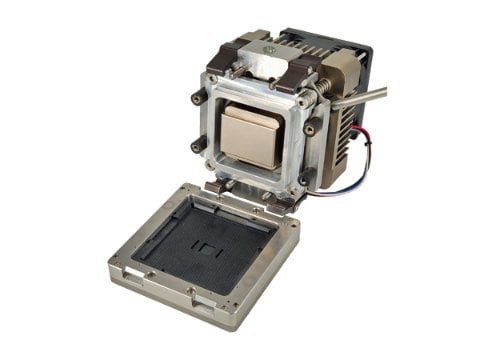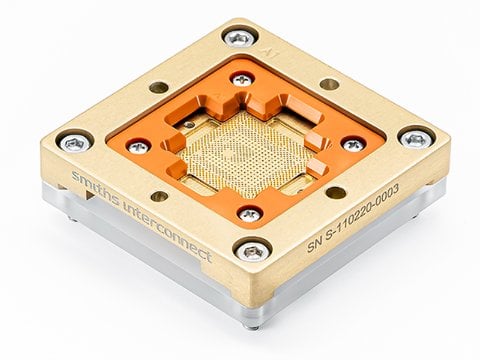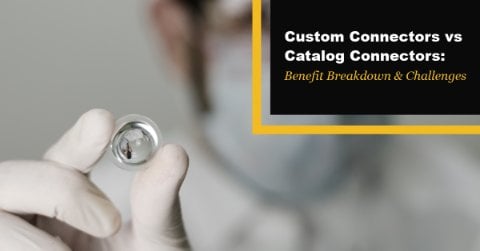- Guaranteed low and stable insertion loss under maximum power:
- Circulators: 0.11 dB insertion loss with 20 dB minimum Return Loss over -25˚C to +125˚C
- Loads: 20 dB minimum Return Loss over -25˚C to +135˚C
- Multipaction and Corona Test Reports available
- Proven Circulator design tested to 350 Watts CW Power. Unconditionally linear.
- Proven Load design tested to 267 Watts average CW Power
- Tested to meet Electro Magnetic Compatibility (EMC) specification to -80 dBi
- Low Mass – Aluminum Housing with Chromate Finish
- 40 years of Unrivalled Space Heritage
- All testing in compliance with generic space qualification flow, incorporating industry standard power and environmental requirements
Smiths Interconnect’s SpaceNXT™ product portfolio provides customers with a combination of highly reliable technology and lower cost of ownership that enables operators to overcome potential market entry barriers while enjoying the benefits of an established technology partner.
The SpaceNXT™ Ku-Band High Power family of passive waveguide components are part of Smiths Interconnect’s overarching initiative to create a broad range of readily accessible space qualified waveguide Isolators, Circulators, Terminations, transitions, Hybrids and couplers operating in assigned bands from X to V-Band specifically for space applications.





